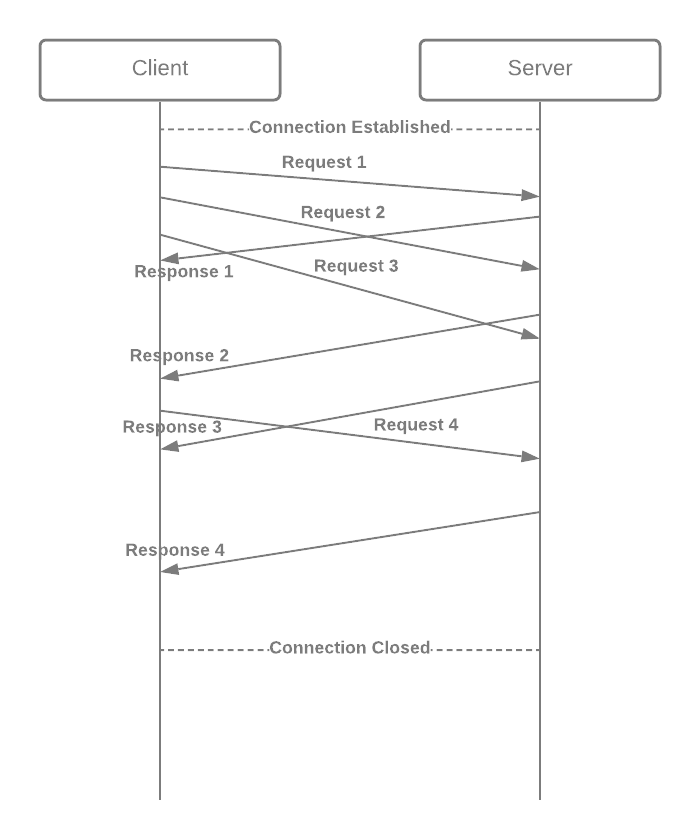For years, the Internet is powered by HTTP protocol helping millions of websites and applications deliver content. Let’s take a look at the journey of the HTTP protocol, its past, present, and future.
HTTP 1
The current version of the HTTP 1 protocol is actually HTTP 1.1. But let’s start with HTTP 1, which was a simple request-response protocol.

HTTP 1.1
As we can see in HTTP 1 implementation, one major problem was that connection needed to be established after each request. To solve this problem HTTP 1.1 came up with a keep-alive concept which helped to send multiple requests over a single connection. To achieve the speed, HTTP1.1 had 6 TCP connections behind the scenes instead of 1.

HTTP 2
Though HTTP 1.1 was much faster than HTTP 1, it had some problems, most importantly, it was not making use of TCP connection completely. Each connection was sending one request at a time. This problem was solved in HTTP 2 and multiple concurrent requests could be sent.

To achieve this parallel request over a single HTTP connection, HTTP 2 uses the concept of streams. That is, each request being sent from the client has a unique stream id attached behind the scenes. This helps the client and server identify the calling and receiving endpoints. One can think of each stream as an independent channel for communication.

HTTP 3
One problem with HTTP 2 is that the streams we have defined are at the HTTP level. TCP is not aware of the concept and is just sending packets at a lower layer. So if there are 4 independent requests sent using 4 different streams, and even if a single packet for any of the requests is lost in the communication, the backend server will keep waiting for the packet and all 4 requests will wait.
HTTP 3 plans to solve this problem by implementing HTTP over QUIC instead of TCP. QUIC too has the concept of streams inbuilt, so in the above-mentioned scenario, when one packet is lost for one request out of 4, only one stream is impacted and a response for the other 3 requests will be successfully served.